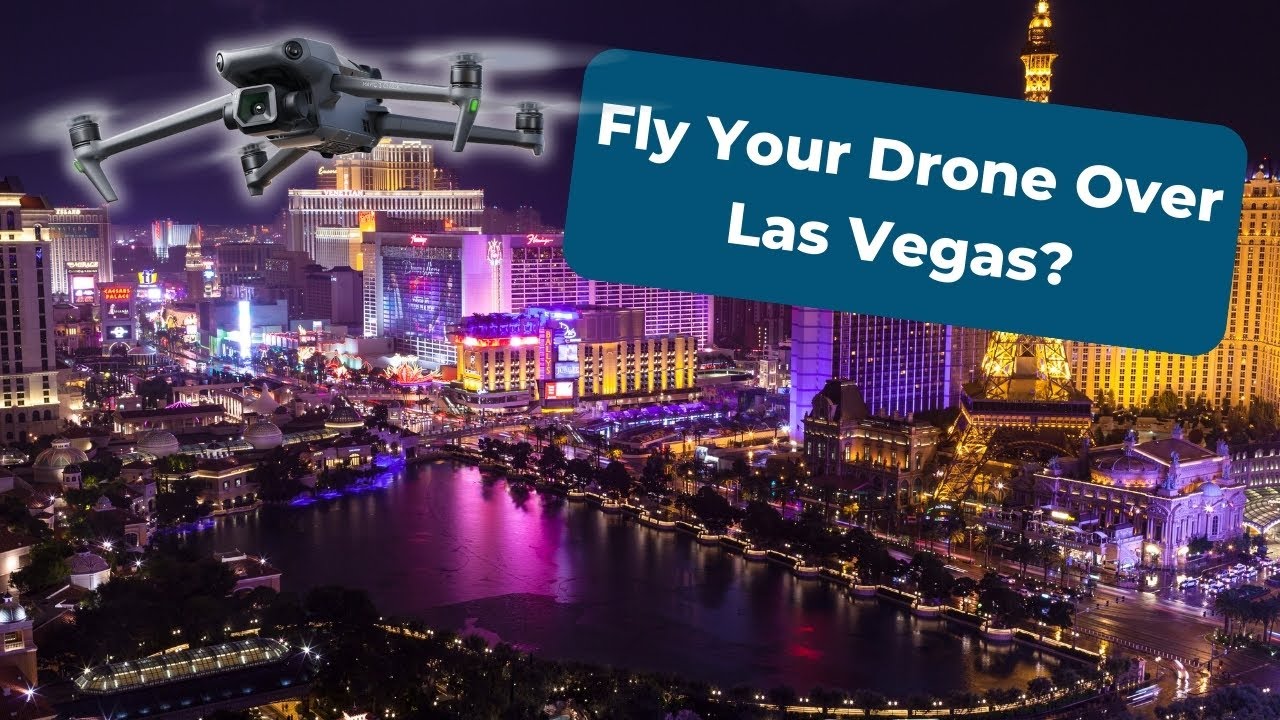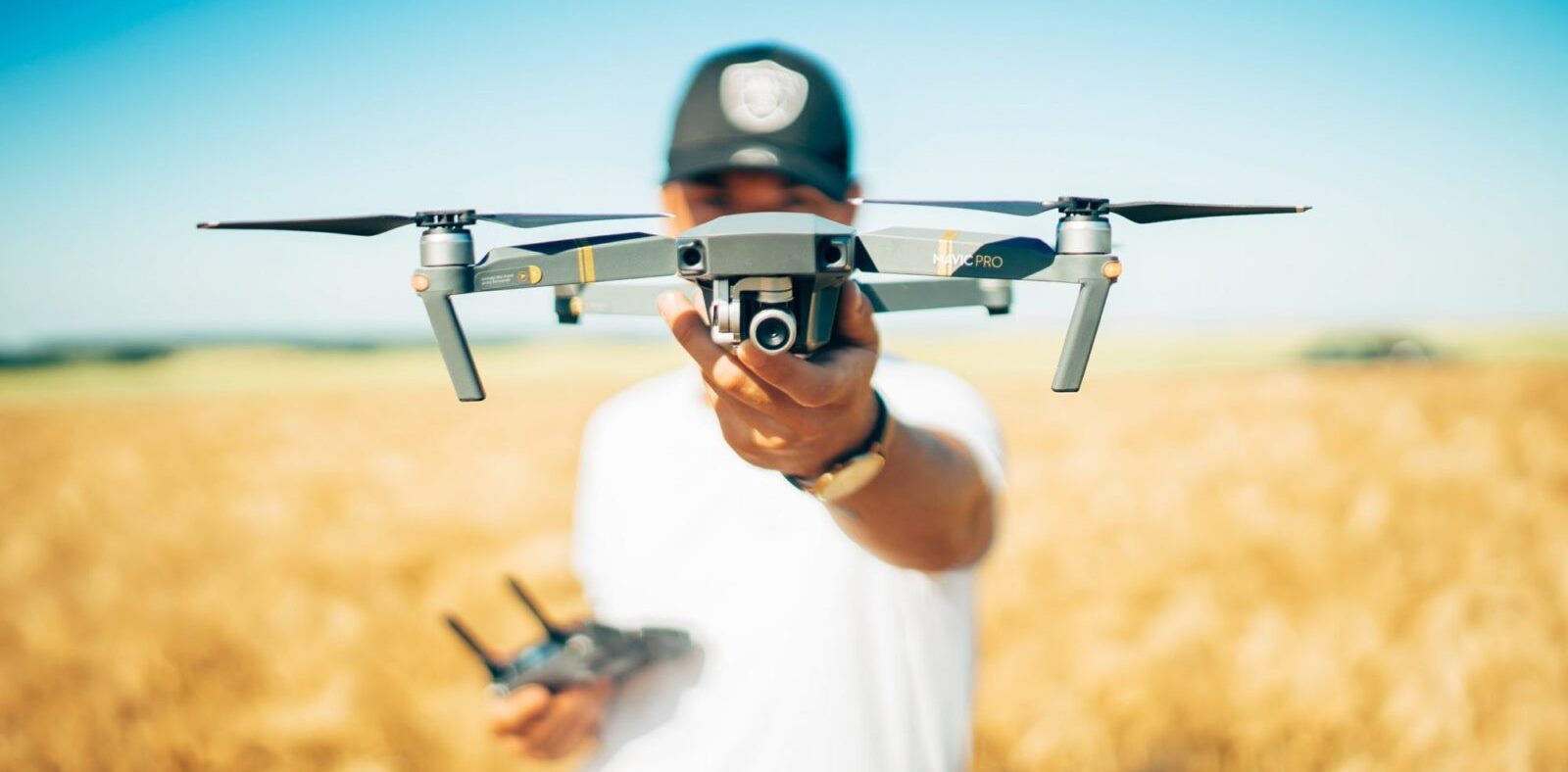
A Simple Guide to Drone Rules and Regulations in the US. Flying a drone in the United States can be a lot of fun, but there are rules you need to follow. The Federal Aviation Administration (FAA) has established guidelines to ensure the safety of everyone involved. Familiarity with these rules is essential, whether you’re flying for pleasure or business. This guide will help you understand the basics of drone regulations in the US.
Key Takeaways
- The FAA manages most of the airspace in the United States, and it has specific rules for drone pilots.
- You must register your drone if it weighs more than 0.55 pounds.
- Recreational pilots have different rules compared to commercial pilots.
- Each state may have its additional drone laws, so it is essential to check local regulations.
- Traveling with a drone, especially internationally, requires extra planning and understanding of customs rules.
Understanding FAA Drone Rules

Overview of FAA Regulations
The Federal Aviation Administration (FAA) manages most of the airspace in the United States. It has set detailed rules that every drone pilot must follow. These rules are crucial for ensuring safe and lawful drone operations. The FAA’s regulations are found in 14 CFR Part 107, also known as the Small Unmanned Aircraft Systems (UAS) Rule. This rule allows many types of unmanned aircraft systems (UAS) or drone operations, including package delivery under specific conditions.
Critical Changes in Recent Years
In recent years, the FAA has updated its rules to keep up with the growing use of drones. Some of the fundamental changes include:
- Allowing night operations with proper lighting.
- Permitting flights over people and moving vehicles under certain conditions.
- Introducing Remote ID requirements for better tracking and safety.
Compliance Requirements
To comply with FAA regulations, drone pilots must:
- Register their drones with the FAA.
- Pass the FAA’s Aeronautical Knowledge Test to get a Remote Pilot Certificate.
- Follow operational limitations, such as flying below 400 feet and keeping the drone within sight.
- Avoid restricted areas, such as airports and emergency response zones.
Following these rules helps ensure that drone flying is safe for everyone in the air and on the ground.
Drone Registration Process

Before you can fly your drone, register it with the FAA. This is a mandatory step to ensure your drone is legally recognized and can be tracked if necessary. The process is straightforward and can be done online or by mail, depending on the weight and use of your drone.
Rules for Recreational Drone Pilots
Flying for Fun: What You Need to Know
When flying a drone for fun, you must follow specific rules to ensure safety. Recreational drone pilots must not violate safety requirements. You should never operate your drone carelessly or recklessly. If you do, you could face criminal or civil penalties.
Safety Guidelines
To fly your drone safely, follow these guidelines:
- Always keep your drone within your line of sight at all times.
- Do not fly higher than 400 feet above ground level.
- Avoid flying near other aircraft, mainly manned ones.
- Never fly over groups, public events, or stadiums full of people.
- Stay away from emergency response efforts, such as fires.
- Respect others’ privacy.
The law requires that all recreational flyers pass an aeronautical knowledge and safety test and provide proof of passage if asked by law enforcement or FAA officials.
Restricted Areas
Certain areas are off-limits for drone flying. These include:
- Near airports
- National parks
- Military bases
- Security-sensitive areas marked on the FAA’s B4UFLY app
Always check for local restrictions before flying. Following these rules helps protect people, your drone, and our airspace.
Commercial Drone Regulations

Obtaining a Commercial License
To fly a drone for business purposes, you need a Part 107 license from the FAA. This involves passing a knowledge test that covers various topics like airspace rules, weather, and drone operation. You must be at least 16 years old and able to read, speak, and understand English.
Operational Limitations
Commercial drone pilots must adhere to specific regulations to ensure safety. For instance, drones can only be flown during daylight hours unless a waiver is obtained. You must always keep your drone within your line of sight at all times. If you need to deviate from these rules, you can apply for Part 107 waivers by showing you can fly safely using other methods.
Insurance Requirements
While not required by the FAA, having insurance is a good idea for commercial drone pilots. Insurance can cover damages to your drone, property, or even injuries to people. Different policies offer varying coverage levels, so selecting one that suits your needs is crucial.
Always check for updates to regulations, as rules can change and new requirements may be added.
State-Specific Drone Laws
Drone laws can be different depending on the state you are in. Some states have stricter rules than others. For example, Arkansas, Delaware, Georgia, Kentucky, Virginia, and Tennessee prohibit drones from flying over specific properties, such as jails and utility facilities. On the other hand, states like Alabama, Missouri, Nebraska, and South Carolina have fewer regulations in place.
To find out the specific drone laws in your state, you can visit websites that list these rules. These sites often organize the information alphabetically by state, making it easy to find what you need. Here is a quick way to get started:
- Go to a website that lists state-specific drone laws.
- Look for your state in the alphabetical list.
- Click on the link to read the detailed rules for your state.
Here are some examples of state-specific drone laws:
- California: Requires drone pilots to follow both state and local regulations.
- Florida: Prohibits the use of drones for surveillance without consent.
- New York has strict regulations regarding the use of drones in public parks.
Always check the latest rules before flying your drone. Laws can change, and it’s important to stay updated.
Visit the U.S. government websites for more details on US drone laws, including how to register your drone and the rules you must follow.
Traveling with Your Drone
When traveling with your drone, follow specific guidelines to ensure a smooth journey. Always pack your drone in carry-on luggage; checked luggage is not allowed for drones.
Domestic Travel Considerations
The Transportation Security Administration (TSA) permits drones in carry-on bags only when flying within the United States. Ensure your drone is easily accessible for inspection at security checkpoints.
International Travel Tips
Traveling internationally with a drone requires additional preparation. Check the drone regulations of your destination country before you travel. Some countries may have strict rules or even ban the use of drones altogether. It’s also a good idea to carry a copy of your drone’s registration and any relevant permits.
Customs and Import Regulations
Be aware of customs and import regulations when traveling with your drone. Some countries may require you to declare your drone upon entry. Failure to comply with these regulations can result in fines or confiscation of your drone.
Remember, following these guidelines will help you avoid any issues and ensure a hassle-free travel experience with your drone.
Flying as a Non-Resident
Foreign pilots who wish to operate drones in the United States must adhere to specific regulations. Your drone must have Remote ID if it weighs more than 250 grams. This rule has been in effect since September 2023. Additionally, you must comply with all FAA recreational or commercial flying regulations.
Registration Requirements for Foreigners
Foreign pilots need to register their drones with the FAA. This registration recognizes USrship rather than a certificate of U.S. aircraft registration. Ensure that you have all necessary documents ready when registering.
Insurance and Liability
It’s essential to have insurance coverage when flying a drone in the U.S., as it can protect you from potential liabilities. Verify with your insurance provider to confirm that your policy includes coverage for drone operations in the United States.
When flying in the U.S., always follow the FAA’s guidelines to ensure a safe and legal flight.
Conclusion
Flying a drone in the United States can be a fun and rewarding experience, but it’s essential to follow the rules and regulations set by the FAA. Whether you’re flying for fun or work, knowing the guidelines helps keep everyone safe and ensures you can enjoy your drone without trouble. Register your drone, stay within the designated airspace, and remain aware of your surroundings at all times. By following these simple steps, you can maximize your drone adventures while staying compliant with the law.
Frequently Asked Questions
Do I need a license to fly a drone recreationally?
No, you don’t need a license to fly a drone for fun, but you must follow the FAA’s safety guidelines.
How do I register my drone with the Federal Aviation Administration (FAA)?
To register your drone, visit the FAA’s website, provide the required basic information, and pay the applicable fee.
What are the height limits for flying a drone?
To comply with FAA rules, you must fly your drone at or below 400 feet.
Can I fly my drone in national parks?
Flying drones in national parks is generally not allowed to protect wildlife and ensure visitor safety.
Are there any special rules for commercial drone pilots?
Yes, commercial drone pilots require a special license, known as a Part 107 certificate, and must adhere to additional rules.
What do I need to do to fly my drone in another state?
Check the specific drone laws for that state, as they can vary. The FAA’s website and local authorities can provide this information.





Leave a Reply